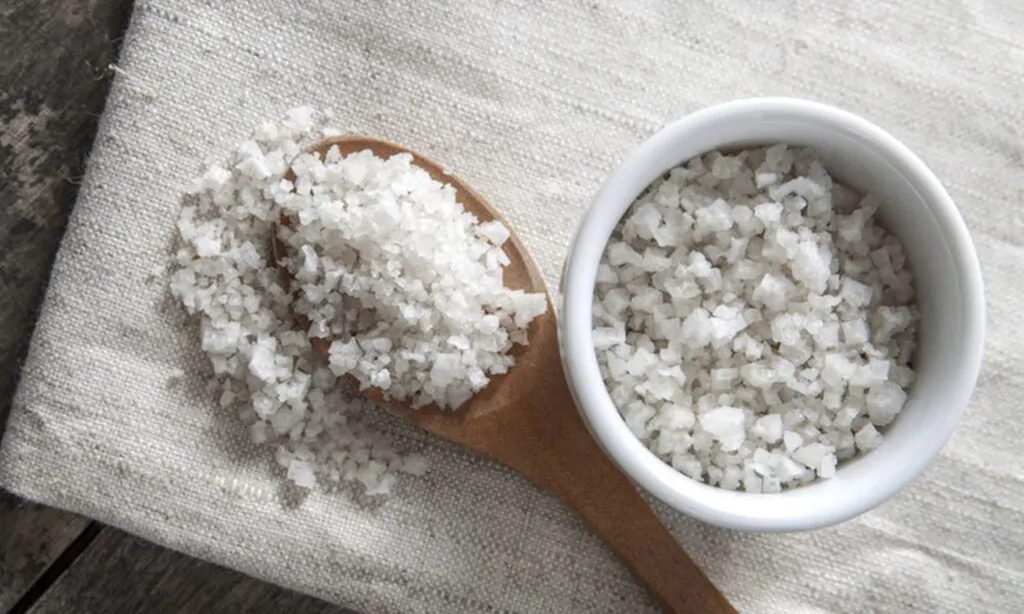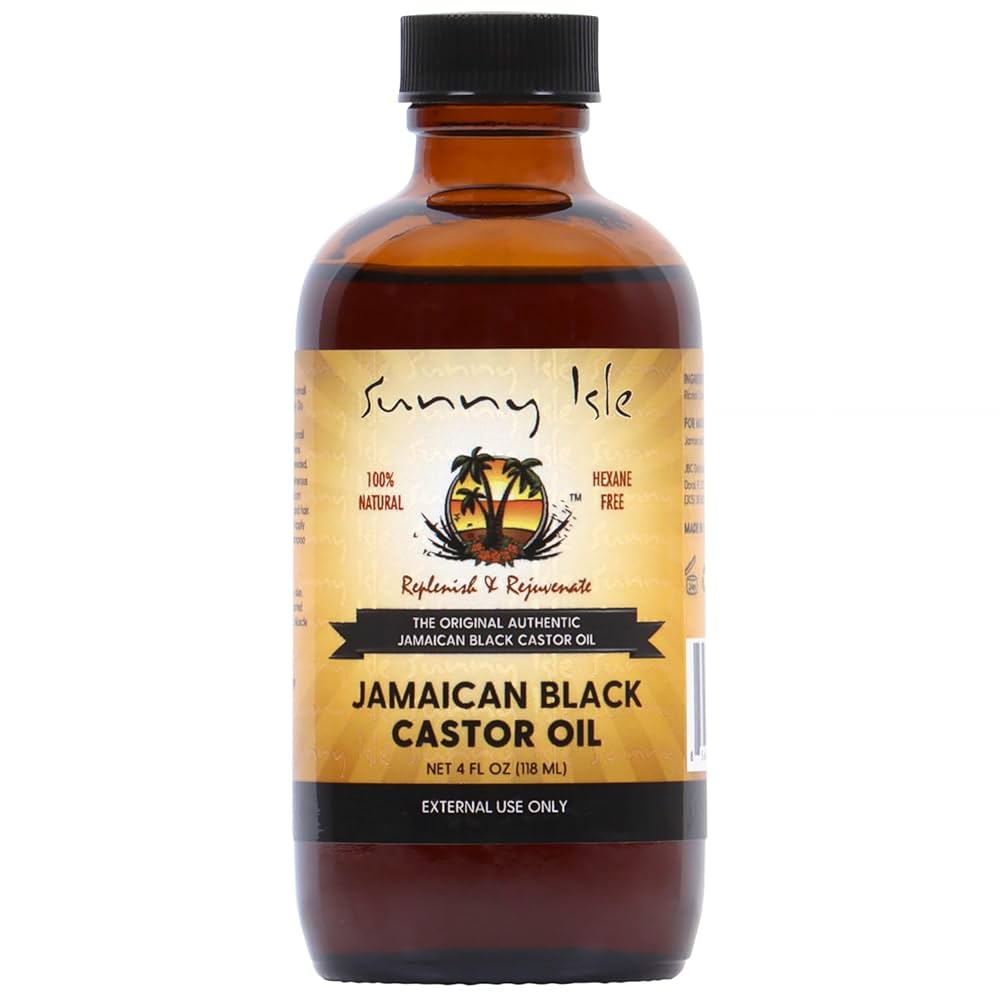Salt has always been more than just a seasoning—it’s essential to human life. But not all salts are created equal. Among the growing number of natural salts, Celtic salt stands out for its purity, mineral content, and health benefits.
In this article, we’ll dive deep into what makes special, how it differs from table salt, its nutritional advantages, and the best ways to use it for both health and flavor.
What Is Celtic Salt?
also known as Celtic sea salt or Sel Gris (French for “gray salt”), is a natural, unrefined sea salt that comes from the coastal regions of France—particularly the Brittany region. It is harvested using traditional Celtic methods that have been practiced for centuries.
Unlike regular table salt, which is bleached and stripped of minerals, Celtic salt retains its natural gray color, moisture, and essential minerals like magnesium, potassium, and calcium.
How It’s Harvested
Celtic salt is collected through a natural process using clay-lined salt ponds. Seawater is directed into shallow pools where it evaporates slowly under the sun and wind. The remaining salt crystals are then hand-raked to preserve their integrity and mineral richness.
This careful process keeps the salt pure and free from additives or industrial processing.
Celtic Salt vs. Table Salt: What’s the Difference?
When comparing Celtic salt to regular table salt, the differences are striking. Here’s a quick breakdown:
| Feature | Celtic Salt | Table Salt |
|---|---|---|
| Processing | Unrefined, sun-dried | Highly refined, chemically treated |
| Color | Grayish due to clay minerals | Bright white |
| Minerals | Contains over 80 trace minerals | Mostly sodium chloride only |
| Additives | None | Often includes anti-caking agents and iodine |
| Texture | Moist and coarse | Dry and fine-grained |
| Taste | Milder, more complex | Sharper, more intense |
is naturally balanced with minerals that support hydration, while refined salt can dehydrate the body when consumed in excess.
Health Benefits of Celtic Salt
is more than just a flavor enhancer—it’s packed with health benefits backed by its mineral composition. Let’s explore the main ones:
Rich in Essential Minerals
contains over 80 trace minerals, including magnesium, potassium, calcium, and zinc. These minerals help maintain electrolyte balance and support nerve and muscle function.
Unlike refined salt, which is stripped of nutrients, nourishes the body naturally.
Supports Hydration and Electrolyte Balance
Because of its natural mineral content, Celtic salt helps the body absorb water more efficiently. This makes it ideal for athletes or anyone prone to dehydration.
Adding a pinch of to your water can help restore lost electrolytes and improve hydration.
Promotes Healthy Digestion
stimulates the production of digestive enzymes and hydrochloric acid, which are crucial for proper digestion. It helps break down food more efficiently and supports nutrient absorption.
Balances pH Levels
Unlike refined , which can create acidity in the body, Celtic salt is alkaline-forming. It helps neutralize acid and maintain a healthy pH balance, reducing inflammation and promoting overall wellness.
Improves Sleep Quality
Minerals like magnesium and calcium in play a key role in relaxing the nervous system. Taking a pinch of in warm water before bed may improve sleep quality and reduce stress.
Supports Thyroid Function
While table is artificially iodized, naturally contains small amounts of iodine, which supports healthy thyroid function without chemical additives.
Nutritional Composition of Celtic Salt
Celtic salt’s nutritional richness is one of its defining features. While exact content can vary by source, here’s a general look at its mineral profile per 100 grams:
| Nutrient | Approximate Amount |
|---|---|
| Sodium | 33–35 g |
| Magnesium | 400–500 mg |
| Calcium | 100–200 mg |
| Potassium | 100–150 mg |
| Zinc | 2–5 mg |
| Iron | 0.5–2 mg |
| Iodine | Trace amounts |
| Moisture | 10–15% |
These trace minerals play a major role in maintaining hydration, supporting metabolism, and balancing electrolytes.
Culinary Uses of Celtic Salt
isn’t just healthy—it’s also delicious. Its moist, coarse texture and subtle flavor make it a favorite among chefs and home cooks alike.
Here are some common ways to use it:
Cooking and Seasoning
You can use in almost any recipe that calls for salt. It enhances the flavor of meats, soups, stews, and vegetables without overpowering them.
Finishing Salt
Sprinkle a small amount of Celtic salt on dishes just before serving. It adds a crunchy texture and brings out the natural taste of food.
Baking
Although less common, can be used in baking for a more natural, mineral-rich option. Make sure to grind it finely before mixing it into doughs or batters.
Beverages
Add a pinch of Celtic salt to smoothies, electrolyte drinks, or even lemon water to improve hydration and taste.
Preserving Food
Traditionally, has been used for food preservation, especially in curing meats and fermenting vegetables. Its natural minerals slow down spoilage while keeping the food’s nutritional value intact.
How to Use Celtic Salt for Health and Wellness
Beyond the kitchen, offers several health-related uses:
Detox Baths
Add one to two cups of to warm bath water for a relaxing and detoxifying soak. The minerals help pull out toxins through the skin and relieve muscle tension.
Nasal Rinse or Gargle
A saline solution made with can soothe sore throats or clear nasal congestion. Mix half a teaspoon of salt in a cup of warm water for natural relief.
Skin Care
can be used as a gentle exfoliant. Mix it with coconut oil to create a natural scrub that removes dead skin cells and nourishes the skin.
Celtic Salt vs. Himalayan Salt
Both Celtic and Himalayan salts are popular natural alternatives to table. However, they differ in origin and composition:
| Aspect | Celtic Salt | Himalayan Salt |
|---|---|---|
| Origin | Coastal France | Himalayan Mountains (Pakistan) |
| Color | Gray | Pink to reddish |
| Texture | Moist, coarse | Dry, crystalline |
| Minerals | High in magnesium and moisture | High in iron (gives pink color) |
| Taste | Milder, earthy | Slightly sweet and strong |
While both are excellent choices, Celtic salt tends to have more moisture and magnesium, making it particularly beneficial for hydration.
Potential Side Effects and Precautions
Celtic salt is natural and safe when used in moderation, but like any it should not be consumed excessively.
Possible issues with overuse include:
Increased blood pressure
Water retention
Electrolyte imbalance
Tips for safe use:
Stick to about 1 teaspoon per day (or as advised by your doctor).
Choose authentic, unrefined Celtic sea salt from reputable brands.
Store it in a dry, airtight container to maintain its quality.
How to Identify Genuine Celtic Salt
With the rising popularity of , some products may falsely claim to be authentic. Here’s what to look for:
Color: Authentic is gray, not white or pink.
Texture: It feels slightly damp due to its natural moisture content.
Origin: Look for “Harvested from Brittany, France” or “Sel Gris.”
Label: It should say “unrefined,” “hand-harvested,” or “sun-dried.”
Environmental Impact of Celtic Salt Harvesting
production is one of the most eco-friendly salt-harvesting methods in the world. The traditional clay pond method uses no chemicals, machinery, or pollution.
The salt farmers in Brittany have maintained these sustainable practices for centuries, protecting both the local ecosystem and the purity of the product.
By choosing Celtic salt, consumers support environmentally responsible production and the preservation of traditional craftsmanship.
Why You Should Switch to Celtic Salt
To sum up, Celtic salt offers:
A rich source of essential minerals
Better hydration and electrolyte balance
Improved digestion and pH balance
A milder, more natural flavor
Sustainable, chemical-free harvesting
Switching from refined table salt to can make a meaningful difference in both your health and your cooking experience.
Final Thoughts
Celtic salt isn’t just another trendy health product—it’s a time-tested natural salt that supports wellness from the inside out. From better hydration to improved digestion and enhanced flavor, it’s a small change that can bring big benefits.
So next time you reach for salt, make the smarter choice.
Choose Celtic salt—for your health, your food, and the planet.










Leave a Reply